January 15, 2024
Taste of Sikkim: 13 Famous Traditional Foods of Sikkim to Try
CM Content Team

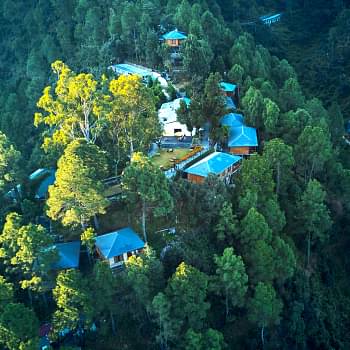
View all
140+
Resorts
January 15, 2024
CM Content Team
Sikkim is famous for its beautiful scenery, monasteries, and Hindu shrines. Another big appeal is the food of Sikkim, influenced by different tribes, communities, and nearby places like Nepal and Tibet. The Sikkim food have diverse flavours, with wild vegetables like ferns, lilies, bamboo shoots, and mushrooms commonly used. While there's a lot of meat, there are also many vegetarian choices.
Sikkim's food stands out because of its healthy style and use of organic ingredients. Even the street food is healthier compared to other places – it's steamed instead of fried and includes lots of vegetables. Mouth watering already? Let’s look at some of the best dishes in the Sikkim cuisine:
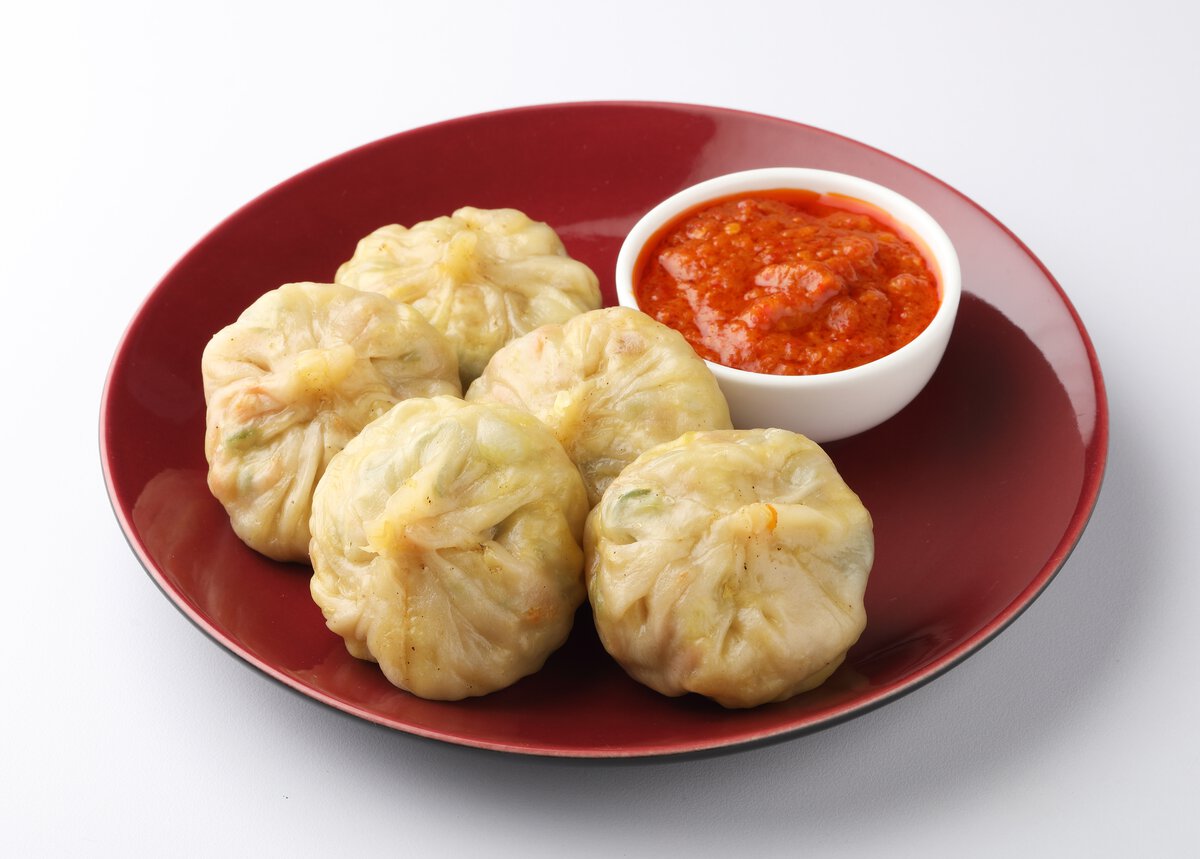
These steamed dumplings are made from a thin dough with various ingredients such as vegetables, chicken, or pork. The filling is seasoned with garlic, ginger, onion, and other spices. Momo is typically served with a spicy chutney, which is made from tomatoes, garlic, and red chillies. These delicious dumplings are enjoyed as a snack or a meal and are available in restaurants, cafes, and street food stalls throughout Sikkim. Momo are a famous Sikkim food originating from Tibetan cuisine.
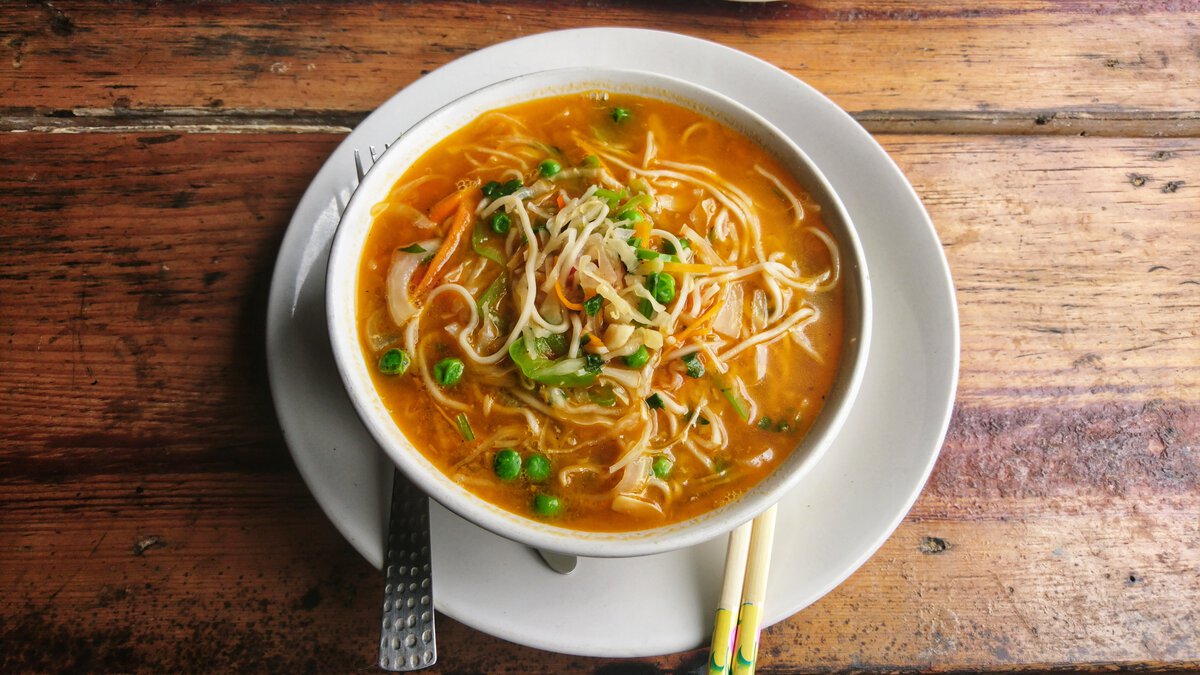
Thukpa is a comforting noodle soup that is a traditional Sikkim food. It consists of noodles, vegetables, or meat cooked in a flavourful broth made from onions, garlic, ginger, and various spices. Thukpa can be customized to include different ingredients, such as chicken, beef, or pork, and is often garnished with fresh herbs like cilantro or green onions. This hearty soup is enjoyed as a main course, providing warmth and nourishment during the cold winter months in Sikkim.
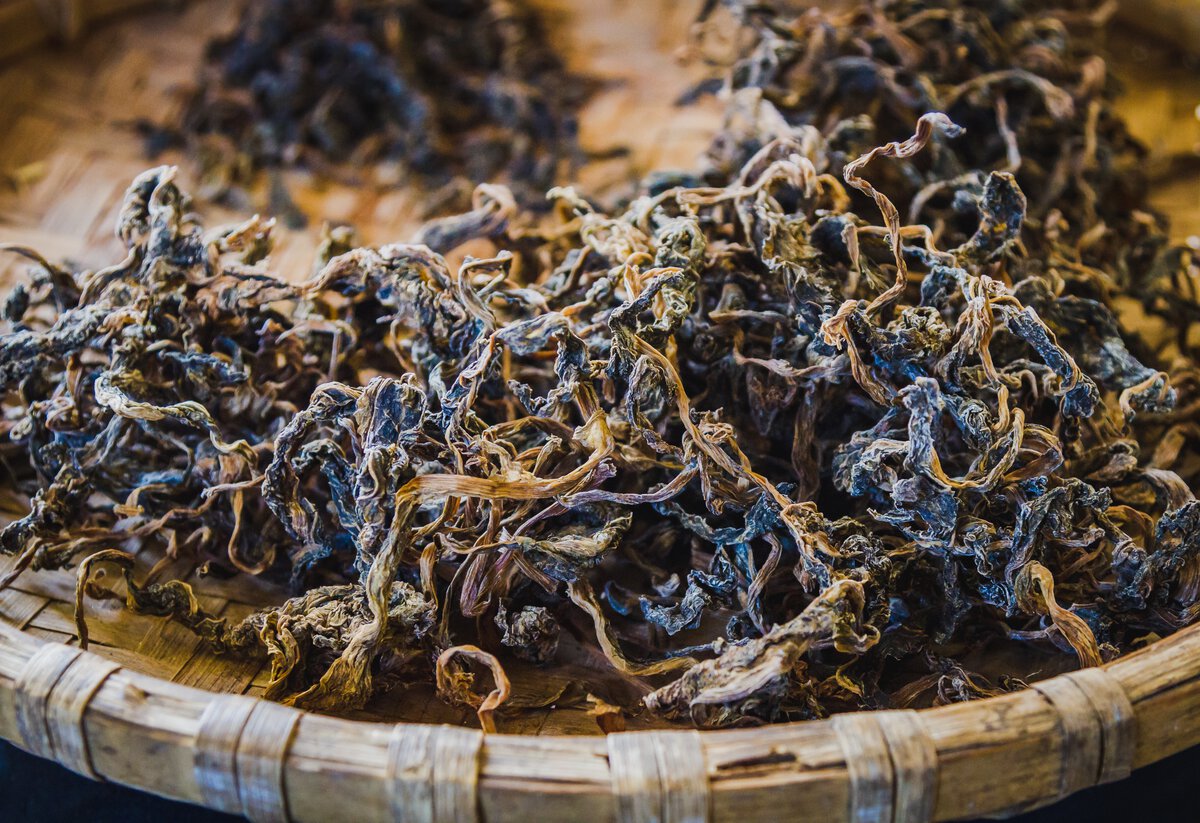
Gundruk is a traditional Nepali dish made from fermented leafy veg, mustard or radish leaves. The leaves are sun-dried and fermented for several days, resulting in a tangy, slightly sour flavour. Gundruk is used as an ingredient in soups, stews, or stir-fries, providing a unique taste and aroma. It is a good source of nutrients and is said to have health benefits due to the fermentation process. Gundruk is a staple famous food of Sikkim cuisine, enjoyed by locals and tourists alike.
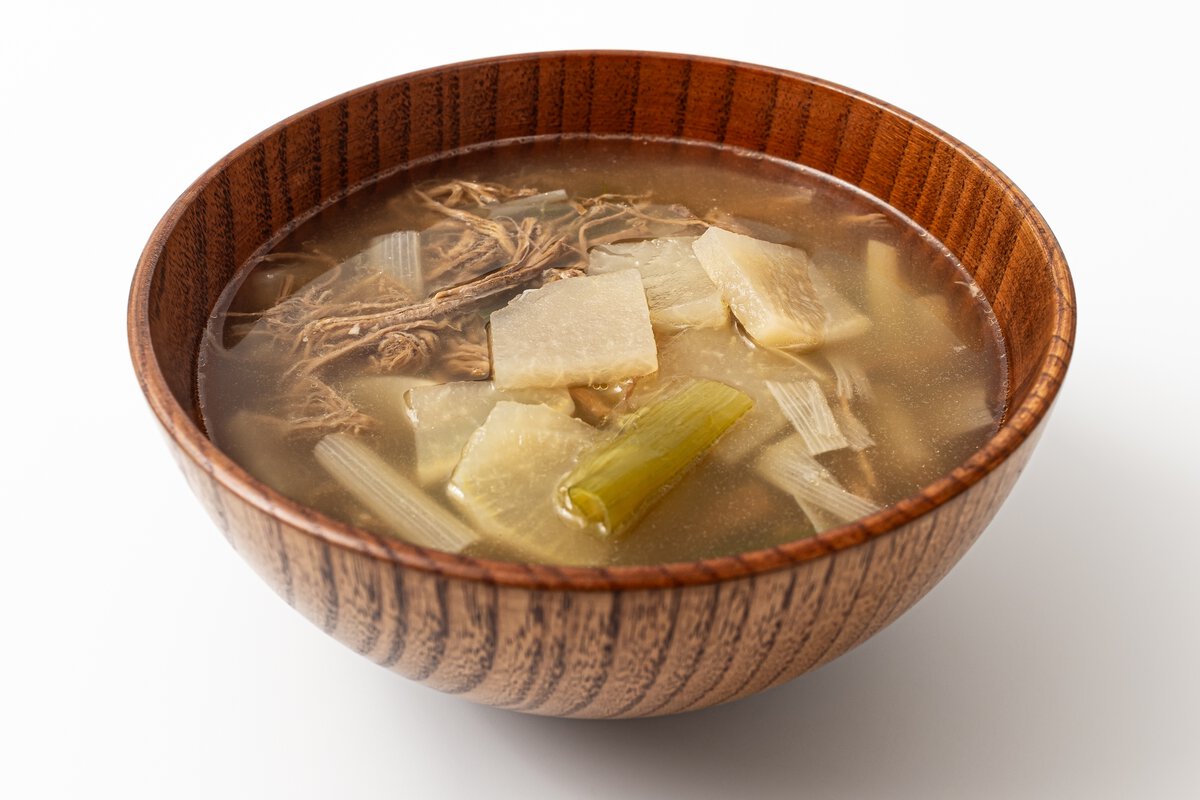
Sinki is a traditional food of Sikkim. It is fermented radish taproot and has a strong, pungent aroma and a tangy, sour taste. While making Sinki, radish taproots are cleaned, crushed, and packed into an earthen pot or bamboo container. The container is then sealed and buried for a month to ferment. Sinki is often used as a flavouring agent in soups, stews, or side dishes and is said to have various health benefits due to its fermentation process and probiotic content.
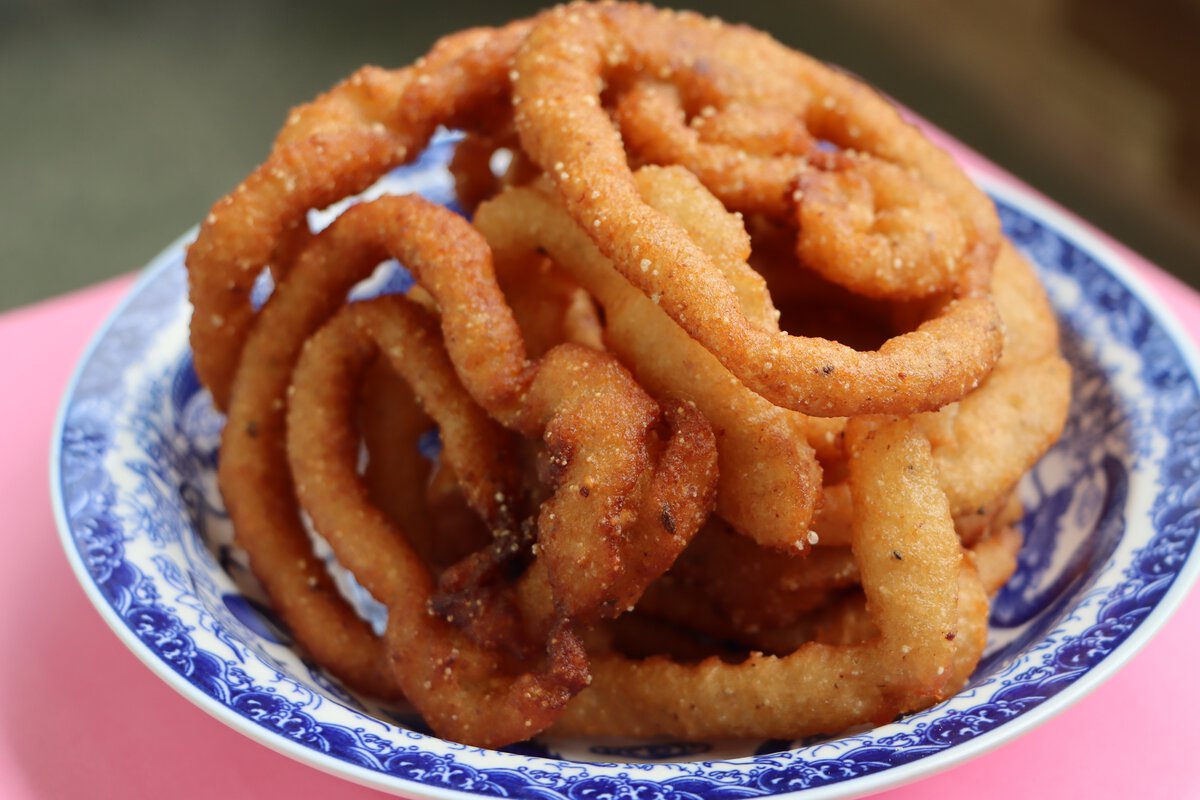
Sel roti is a deep-fried, ring-shaped rice bread that is a popular snack and breakfast dish in Sikkim. It is made from rice flour, sugar, and milk. The batter is poured into heated oil in a round motion, forming a crispy, golden-brown ring. Sel roti is often enjoyed with a side of yoghurt, spicy chutney, or Aloo Sadeko (spicy potato salad). This sweet and savoury treat is commonly prepared during festivals and special occasions and is available at street food stalls and local markets.
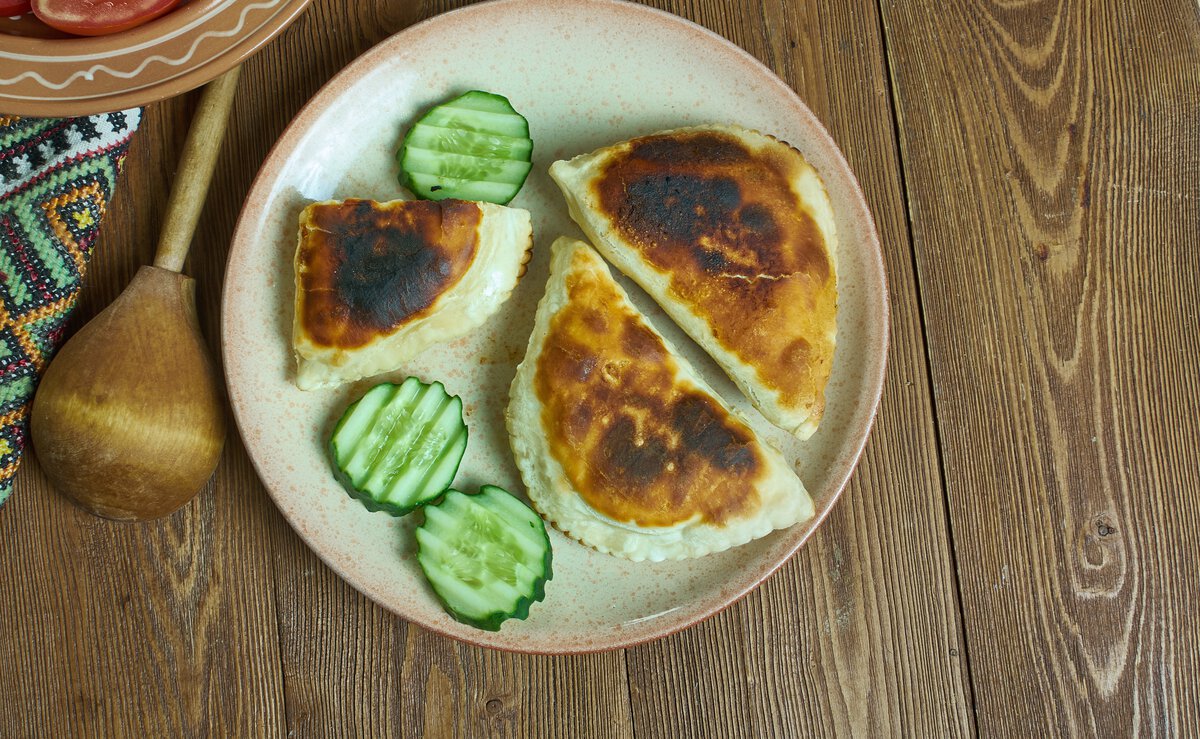
Sha Phaley is a popular snack in Sikkim cuisine, originating from Tibet. It consists of deep-fried bread stuffed with ground meat (usually beef or pork), cabbage, and a mixture of spices like garlic, ginger, and Sikkimese pepper. The dough is rolled out, filled with the mixture, and folded into a semi-circular or triangular shape before being deep-fried until golden brown. Sha Phaley is crispy on the outside and juicy on the inside, making it a delicious and filling snack often enjoyed with hot sauce or chutney.
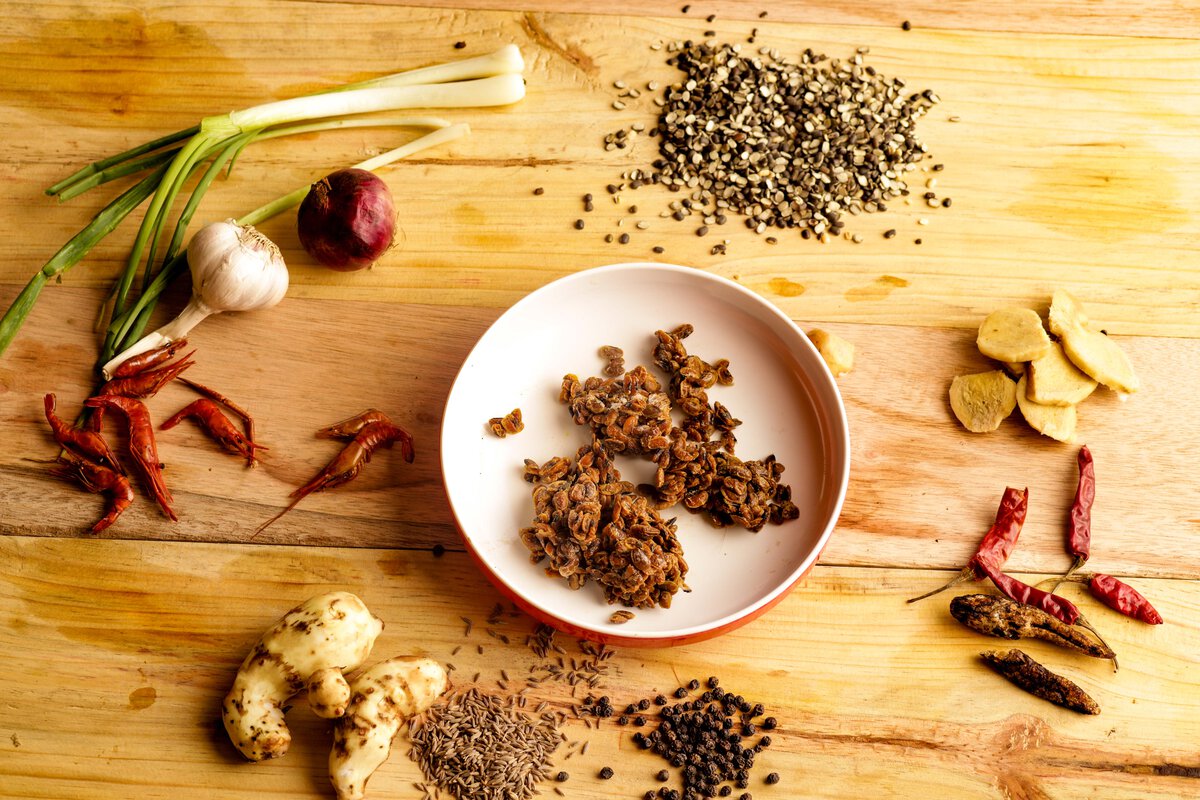
Kinema is a traditional fermented soybean dish from Sikkim. Soybeans are boiled, drained, and then fermented for several days, resulting in a sticky, pungent mixture. Kinema is rich in protein, vitamins, and minerals, making it a nutritious addition to meals. It is often served as a side dish with rice or used as a base for curry. The unique flavour and aroma of kinema may take some getting used to.
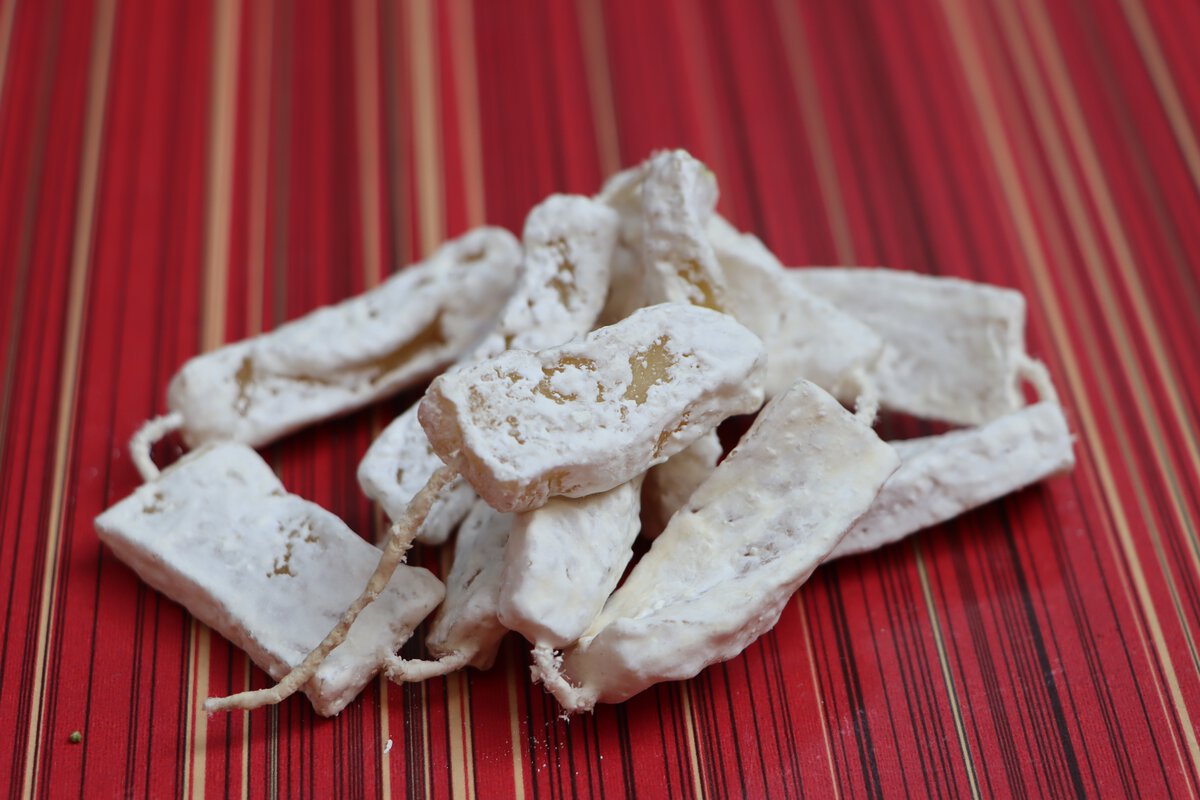
Chhurpi is a traditional cheese made from cow or yak milk and is available in two varieties: soft and hard. Soft chhurpi, also known as "chhurpi ningro", is a fresh cheese similar in texture to cottage cheese or paneer. It is often used in cooking or consumed as a side dish with rice. Hard chhurpi, or "chhurpi durkha", is made by drying the soft cheese, resulting in a hard, chewy texture. It is grated over dishes for flavour. Chhurpi is a good source of protein and calcium and an essential part of the local Sikkim cuisine.
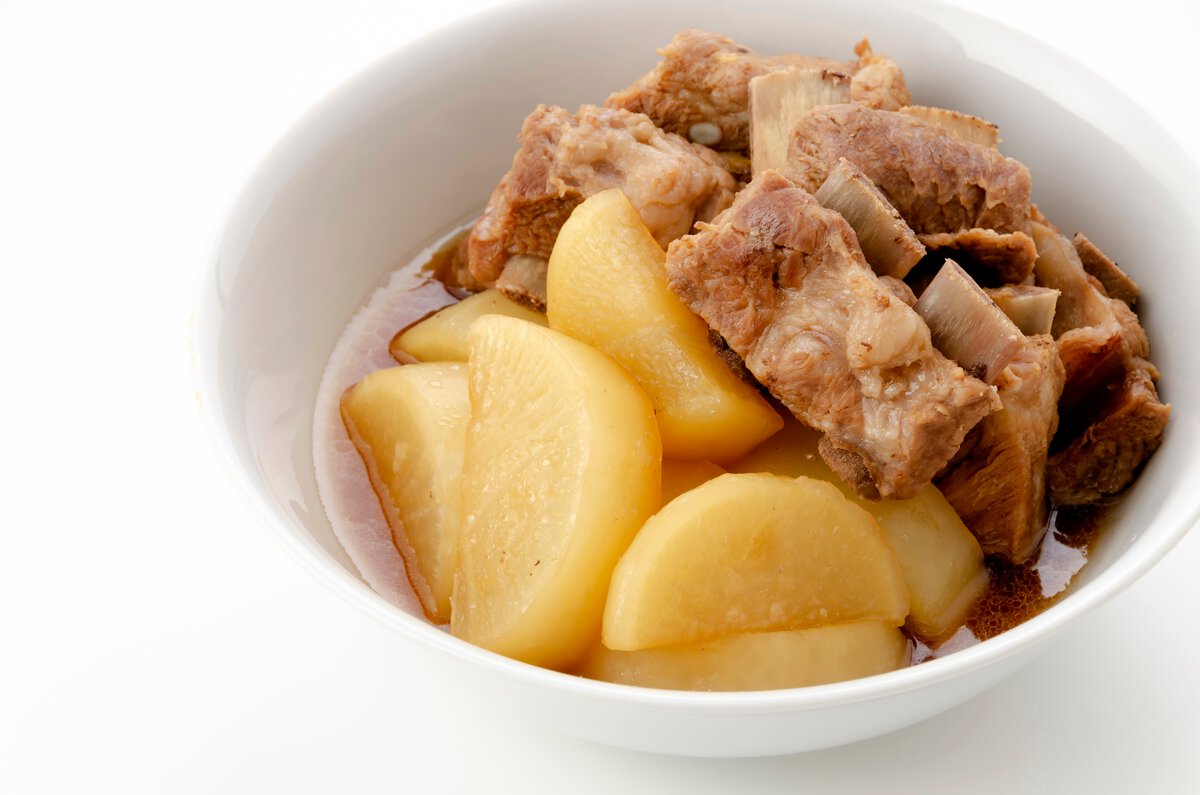
The dish is made by simmering pork with sliced radish, dried red chillies, and various spices until tender. Phagshapa is known for its spicy and tangy flavours, with the radish adding a unique crunchiness to the dish. It is a famous traditional food of Sikkim, served with rice as a main course, particularly during colder months when the heat from the chillies is appreciated.

Bamboo shoot curry is made from tender bamboo shoots and is a famous food of Sikkim. The shoots are sliced and cooked with onions, tomatoes, and a mixture of spices, creating a flavourful curry. The dish is often served with rice and is enjoyed for its unique texture and taste. Bamboo shoot curry is rich in nutrients and is believed to have various health benefits, and is a popular choice of locals and tourists.

It is a traditional Sikkim food made from sun-dried vegetables and lentil dumplings cooked in a spicy curry sauce. The vegetables, such as radish, pumpkin, or cauliflower, are sun-dried to preserve them and intensify their flavours. The dumplings, called Masauyra, are made from split black gram (urad dal) and are also sun-dried. Both the vegetables and the Masauyra are then cooked in a flavourful curry sauce made from onions, tomatoes, and various spices. This dish is often served with rice and is a great way to enjoy the preserved flavours of Sikkim's seasonal produce.

Laping is a spicy cold noodle dish made from mung bean flour. It is mixed with water and cooked until it forms a thick, sticky dough. It is then rolled into thin, cut into noodles, and chilled. Laping is served cold with a spicy sauce made from soy sauce, vinegar, chilli paste, garlic, and Sichuan pepper. It is garnished with fresh herbs, crushed peanuts, and thinly sliced cucumber. Laping is famously enjoyed as a refreshing snack or light meal, especially during the warmer months.

Dhindo is a traditional food made from millet, buckwheat, or cornflour. The flour is mixed with water and cooked on low heat, stirring frequently to prevent lumps. As the mixture thickens, it is vigorously stirred to achieve a smooth, creamy consistency. Dhindo is often served with a side of vegetables, meat, or fermented dishes like Gundruk or Kinema, providing a wholesome and filling meal. Locals and tourists enjoy this simple yet nutritious dish for its comforting and hearty qualities.
You can accompany the delicious food of Sikkim with the amazing places to visit.

Sikkim, a picturesque state, is renowned for its natural beauty, rich cultural heritage, and vibrant monasteries. Here are some of the best places to visit in Sikkim:
These destinations in Sikkim provide a perfect blend of nature, culture, adventure and Sikkim cuisine, making it an unforgettable experience for travellers.

The best time to go to Sikkim depends on your preferences and activities. March to June offers pleasant weather, clear skies, and ideal conditions for sightseeing and trekking. October to mid-December features cool temperatures and clear views, perfect for exploring and attending local festivals. Winters (mid-December to February) are great for snow lovers and winter sports enthusiasts. Monsoon season (July to September) is not the best due to heavy rainfall, but it showcases lush green landscapes.
To experience the food of Sikkim, you can travel throughout the year. In the spring, summer, and autumn months (March to mid-December), the weather is pleasant, and outdoor activities are popular. During these periods, local markets and restaurants are bustling, offering a wide variety of fresh and seasonal ingredients. Additionally, local festivals during autumn, such as Diwali and Losoong, often feature traditional Sikkimese dishes and delicacies, providing visitors with an authentic culinary experience. The winter months are the best time to go to Sikkim to enjoy Sikkim's warm and comforting traditional food like Thupka and Gundruk.
There are several ways to reach Sikkim, depending on the starting point and mode of transportation. Here are the options on how to reach Sikkim.
The nearest airport to Sikkim is Pakyong Airport (PYG), located about 30 km from Gangtok. However, flight connectivity is limited, and services may be affected by weather conditions. Alternatively, you can fly to Bagdogra Airport (IXB) in West Bengal, which is approximately 125 km from Gangtok. Several major Indian cities have direct flights to Bagdogra. You can hire a cab or share one.
New Jalpaiguri Railway Station (NJP) in West Bengal is closest to Sikkim, about 120 km from Gangtok. NJP is well-connected to major Indian cities like Kolkata, Delhi, Mumbai, and Bangalore. You can hire a cab, take a shared cab, or use Sikkim Nationalized Transport (SNT) buses to reach Sikkim from the railway station.
Sikkim is reachable from the rest of the country through National Highway 10 (NH10), which links Gangtok to Siliguri in West Bengal. You can drive to Sikkim or take a taxi from nearby cities like Siliguri, Darjeeling, or Kalimpong. Regular SNT buses are also available from Siliguri and Bagdogra.
Now that you know how to reach Sikkim, get ready to pack your bags. You can stay at any of the premium Club Mahindra Resorts, enjoy the delicious Sikkim cuisine and visit the amazing places to visit in Sikkim.
Make your Sikkim holiday truly unforgettable by exploring the diverse flavors of Sikkim cuisine and staying at a Club Mahindra Resort. With a Club Mahindra Membership, you can enjoy exclusive access to luxurious stays and delectable meals at Club Mahindra Restaurants, enhancing your travel experience in this beautiful state.
Have a great Sikkim holiday!
Mahindra Holidays & Resorts India Ltd. (MHRIL), a part of Leisure and Hospitality sector of the Mahindra Group, offers quality family holidays primarily through vacation ownership memberships and brings to the industry values such as reliability, trust and customer satisfaction. Started in 1996, the company's flagship brand ‘Club Mahindra’, today has over 300,000 members , who can holiday at 140+ resorts in India and abroad.
We use cookies to personalise content and to provide you with an improved user experience.By Continuing to browse this site you consent to the use of cookies.Please visit our cookie policy for further details.

Welcome to ClubMahindra.com In order to provide a personalised experience for you, we use cookies to enable some website functionality. Cookies help us see which articles most interest you; allow you to easily share articles on social media channels; permit us to deliver content personalised to your interests and locations; along with many other site benefits. For more information, please review our Cookie Policy
When you visit any website, it may store or retrieve information on your browser, mostly in the form of cookies. This information might be about you, your preferences or your device and is mostly used to make the site work as you expect it to. The information does not usually directly identify you, but it can give you a more personalized web experience. Because we respect your right to privacy, you can choose not to allow some types of cookies. Click on the different category headings to find out more and change our default settings. However, blocking some types of cookies may impact your experience of the site and the services we are able to offer.
Because we respect your right to privacy, you can choose not to allow some types of cookies and you have the right to withdraw your consent by send a mail to email id [email protected]
These cookies are essential in order to enable you to move around the site and use its features, such as accessing secure areas of the site. Without these cookies, services you have asked for cannot be provided.
These cookies allow us to employ data analytics so we can measure and improve the performance of our site and provide more relevant content to you. These cookies don't collect information that identifies a visitor down to an individual level that is available to us. These cookies are not passing personally identifiable information to any external third party other than in limited cases when we engage a service provider to act on our behalf but who is then unable to use the data for their own purposes.
Performance cookies are generally third-party cookies from vendors we work with or who work on our behalf that collect information about your visit and use of the Club Mahindra website, for instance which pages you visit the most often, and if you get error messages from web pages. These cookies don't collect information that identifies a visitor. All information these cookies collect is anonymous and is only used to improve your overall experience on how the website works. Third party vendors may have access to this data and may use it to improve their overall services and offerings.
Functionality cookies allow a site to remember choices you make (such as your user name, language or the region you are in) and provide more enhanced, personal features. These cookies cannot track your browsing activity on other websites. They don't gather any information about you that could be used for advertising or remembering where you've been on the Internet outside our site.
Third-party advertising and social media cookies are used to (1) deliver advertisements more relevant to you and your interests; (2) limit the number of times you see an advertisement; (3) help measure the effectiveness of the advertising campaign; and (4) understand people's behaviour after they view an advertisement. They are usually placed on behalf of advertising networks with the site operator's permission. They remember that you have visited a site and quite often they will be linked to site functionality provided by the other organization. This may impact the content and messages you see on other websites you visit. If you do not allow these cookies you may not be able to use or see certain these sharing tools content on our website.